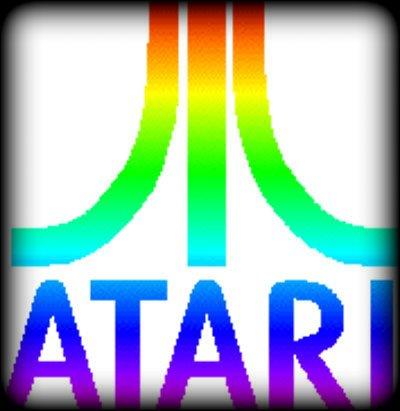- Generation
- Second Generation
- Also known as the "early 8-bit era" or the "4-bit era".
- Type
- Manufacturer
- Retail Availability
- North America: October 1977
- Europe: 1978
- Online Services
- Units Sold
- Best-Selling Game
- Pac-Man, selling 7 million (as of September 1st, 2006)
- Predecessor
- Successor
Copyright 2008-2009 VGE Utopia. All rights reserved.





